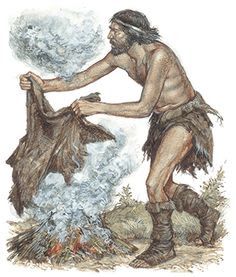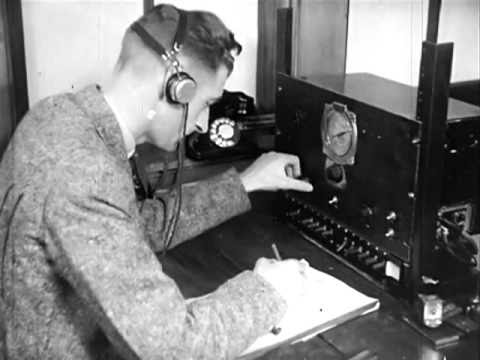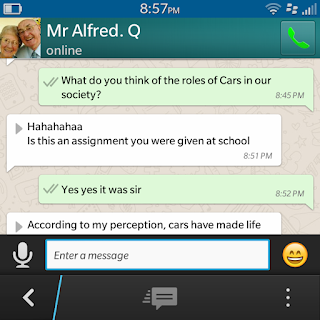Historical examples of images, representations and other references.
Transport

The litter
This was a wheel less vehicle where by humans would carry and lift it to their desired destination as seen above. It was used in the 18th century.
Carriage
This was a wheeled vehicle driven by horses with a driver controlling it. They used to transport both people and goods. This type existed in the 19th century.
Canoes

These were boats made from trees used especially native Americans thousands of years back.
Metro

This was wheeled vehicle that drove on rails by peddling it using hands.
Electric car

This was a four-wheeled vehicle that used that was powered by an engine.
Pulled rickshaw

This was a type of transport powered by humans whereby they could pull a two-wheeled cart as they ran to their final destination. These were used in Japan in the 18th century.
Bicycles
This is a timeline of bicycles in the 18th century.
Communications
Sign language
Early men used sign language to communicate amongst themselves.


Smoke signals

Carrier pigeon


Morse code



Fax


Telephone

Telegraphs


Radios


Transport & Communication Introduction
In today’s world, the transport and communication sectors have evolved greatly. What historical cultures used to treasure as their transport and communication sectors has either been improved while some have been invented in the contemporary cultures. One may say that this is due to that the historical and contemporary cultures have totally different lifestyles. What could work better in communication and transport in the past might not be regarded as that successful today.
Transport
In today’s world, the transport sector continues to develop and improve. People are living a fast life which requires everything around them to be also moving in a fast pace in order to accommodate their lifestyles. We look into transports such as cars, airplanes, trains, motorbikes, ships, and tractors. All these are what we see mostly in today’s transport sectors.
Communication
The same transformation in transport applies to the communication sectors. Today people look forward to getting things done right there and then. Taking a look at things like cellphones and tablets which have taken over the communication world. People today prefer to be communicating voice to voice, hearing the mood of another person, which in a way makes one feel as though they are with that person live. Computers and Laptops are ruling today’s world of communication as well. People are now able to communicate with those who are far away and near within a nick of time via emails through these forms of communication. People are able to even skype, exchange and share pictures, videos, as well information. Life has even been made better because one can now also do what they could only do with the computers and laptops on smartphones. One may send and receive not only messages but also emails. Apps like whatsapp, Facebook, Instagram, etc have been introduced through these smartphones, and life indeed has never been better than this.
History of Transportation.
Rails
500 years ago this system of using rails included man or horsepower and rails of wood and stone. The first modern rail system appeared in England in the 1920s. These systems made use of steam locomotive, and they were the first land mechanical zed transport.
Automobiles
The birth of cars. In 1885 the first car was seen on the street. Although earlier steam power vehicles were successful. The first steam power vehicle was designed by Nicolas-Joseph Cugnot and constructed by M. Brezin in 1769. Two years later he designed another steam power vehicle that was much faster than the one before.
Airplanes
Airplanes were first used as carriers of freight. It was first for exporting and importing goods in and out different countries.
Boats
In 1812 boats were meant to serve the ports, rivers, bays, piers and even beaches in the largely unimproved Great lakes from the war. In the 19th century the sailing crow was well on its way towards obsolescence. The first scows were barges of wood and later on steel.
 |
| Figure 1 Wrights Brother's Flyer |
 |
| Figure 2 Montgolfier Hot Air Balloons |
 |
| Figure 3 Nicolas Joseph Cugnot's steam powered car |
3500 BC Fixed wheels on carts are invented - the first wheeled vehicles in history. Other early wheeled vehicles include the chariot.
3500 BC River boats are invented - ships with oars
2000 BC Horses are domesticated and used for transportation.
181-234 The wheelbarrow is invented.
770 Iron horseshoes improve transportation by horse
1492 Leonardo da Vinci first to seriously theorised about flying machines - with over 100 drawings that illustrated his theories on flight
1620 Cornelis Drebbel invented the first submarine - an human oared submersible
1662 Blaise Pascal invents the first public bus - horse-drawn, regular route, schedule, and fare system
1740 Jacques de Vaucanson demonstrates his clockwork powered carriage
1783 First practical steamboat demonstrated by Marquis Claude Francois de Jouffroy d'Abbans - a paddle wheel steamboat
Transport and Communication
Testimonies of contemporary times
Cars
Lovely inventions, and a brilliant form of transportation, many years have pasted since the invention of the first car the ford by Henry Ford since then many more vehicle have been invented and re modified to be faster, more comfortable and very luxurious.

So my task is to track back and find out the status of these two things and the roles they played with the community.
Asking what roles cars played in contemporary times
So tracking back and asking what major roles did cars play in the past finding out more about vehicles and transportation.
What were cars used for?
In the early 17th and 18th centuries vehicles such as the steam powered vehicle were used to transport material from one place to another, the first steam-powered vehicle was actually built for a Chinese emperor as a toy as it could not carry a person but was considered the first functional steam powered engine.
Vehicles that were large enough ton transport people and cargo were invented in the late 18th century.
As forms of transportation started growing and getting bigger transportation started splitting into categories, transportation for cargo and large quantities of objects and things as well as transportation for people as well status quo for the rich people.
In the past cars where seen as status as the more expensive your car was the more higher you were seen amongst the rest this later followed onward into the future.
During the war, vehicles were used to transport solders to vantage points and were used as heavy weapon machinery against the opposition.
These vehicles greatly changed outcomes of battles or rather had a major impact in the wars.
What role did phones play
Telecommunications and cellular communications had their own part in society which greatly influenced the growth of the community and the world as a whole, The invention of the telephone was a collaboration of many individuals breaking the laws of physic and trying to test the boundaries and limits of the world, experiments done by Antonio Meucci, Alexander Graham Bell and Thomas Watson had finally proven a lead in creating the telephone in the late 19th century.
The invention of the telephone proved to be a big influence in the communication side of life as it became easier to relay a message from one place to another, this greatly improved the proof of living as people could now communication from far distances and reply with in minutes or seconds. Not only that but the advancements of telephones becoming cellphones and becoming more portable contributed to the status quo, as having a fancy and expensive phone showed to others your position in the wealth table.
This also contributed in wars as this made generals relaying commands and instructions to the front line to be more efficient and easier.
These developments and improvements of these technologies and forms of transportation have greatly improved our lives for better or for worse but they have made life easier and more efficient and accessibility to information and transportation.
Thank you to all those who participated in creating this blog
Mzwakhe Booi MGI 2014-3528
Happiness Masiya MGI 2015-4218
Emmanuel Nusubuga MGI 2015-0455
Takalani Mathivhulula MGI 2015-1556

























No comments:
Post a Comment